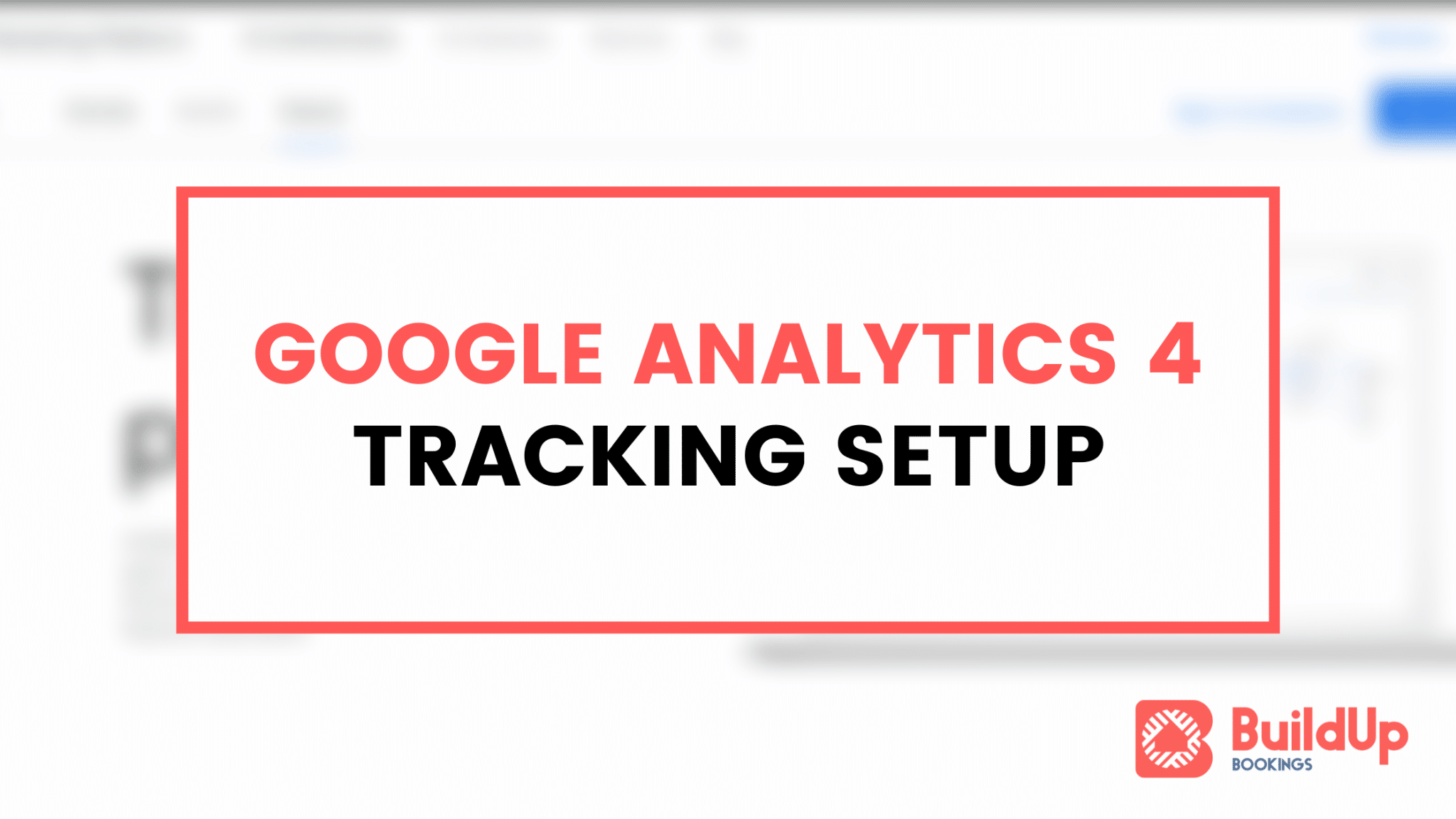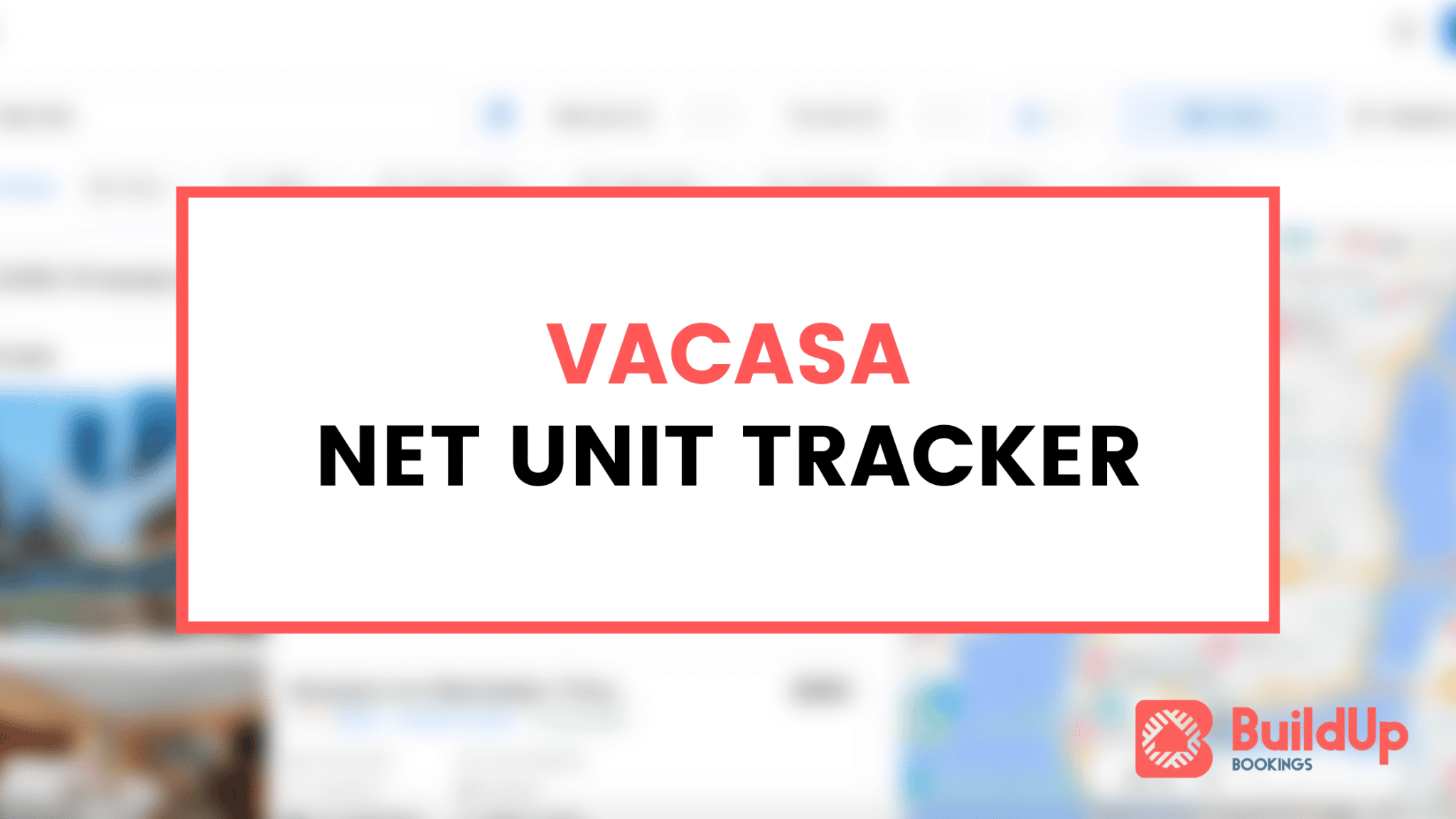If you’d like to listen to our full Google Analytics series on the podcast, check out these three episodes:
On July 1, 2023, Google Analytics underwent a significant transformation, ushering in Google Analytics 4, abbreviated as GA4. This change marked a departure from Universal Analytics and introduced several new features and functionalities tailored to the evolving digital landscape.
For those in the vacation rental industry, adapting to this change is crucial to stay ahead in our highly competitive market. In this post, we’ll outline some of the major changes and updates and how you can best take advantage of the new functionality and reporting offered in GA4.
Understanding the Transition
GA4 is a departure from Universal Analytics in various ways. Google’s focus has shifted from mobile-first, mobile-friendly, secure site, and page speed metrics to a more content-centric approach. This shift underscores the importance of quality content in the world of SEO. Moreover, GA4 offers real-time reporting capabilities, emphasizing the measurement of interactions rather than just tracking sessions.
One significant change is that script and tracking are no longer reliant on cookies. This transition enables the collection of web data and app data side by side, providing a more comprehensive view of user behavior across various platforms.
Getting Started with GA4: A Checklist
- Generate an Analytics Profile: You can create a GA4 Analytics profile alongside your existing profile. This step ensures you maintain historical data while transitioning to the new platform.
- Install GA4 Script on Your Website: Ideally, use Google Tag Manager for this purpose. The benefit of Tag Manager lies in its rule-setting capabilities, making tracking more precise and manageable.
Default Event Actions in GA4
Universal Analytics “sessions” have been replaced with GA4 “actions”. GA4 offers an extensive default event tracking system that goes beyond just page views. Some of these events include:
- First-time website visits
- Clicks on specific links
- Page scrolling
- Video starts (including YouTube videos)
- File downloads
- Form fills and submissions
Event Tracking in GA4
Within GA4, different events are tracked.
For vacation rental managers and owners, the most important events we will be tracking are the following:
● View_item: This is when your visitor is looking at a property detail page. This is important to track because your visitors have entered their dates and specific information and appear to be actively shopping for a property.
● Begin_Checkout: Many times, when visitors begin the checkout process, they are actually trying to determine the total cost of the property, including all the taxes and fees. They can then go back to the remainder of their party, with that specific amount so they can all determine how best to split up charges amongst the whole party.
● Purchase: A unique event, explained below.
While many standard events are easily available, some, like the search event, require setup. The first event, view_item, should be configured through Google Tag Manager for precise tracking.
Tracking the “begin_checkout” event is especially vital, as it offers valuable insights into how users engage with your booking process.
Tracking Revenue with “Purchase” Event
The “purchase” event is unique as it allows you to tie revenue directly to user actions. To set this up effectively, you’ll need to provide GA4 with three main categories of data:
- Value field, including gross booking value and fees
- Tax field for any applicable taxes
- Item details for additional fees, such as cleaning or damage waiver fees
These fees must be tracked in GA4 under the monetization tab, specifically the e-commerce purchases section.
Leveraging Google Signals
Enabling Google Signals is a powerful step in gaining insights into user behavior. Google Signals compiles session data from sites and apps associated with users signed into their Google accounts and who have opted for personalized ads. It also facilitates cross-device tracking, simplifying what was once a complex process. To setup Google Signals:
Setup assistance > Actions > Manage Google Signals > Find Data Collection tab > Click Google Signals Data Collection
Live Debugging: A Valuable Benefit
GA4 introduces live debugging, making it easier to troubleshoot issues and ensure your analytics are running smoothly.
Integrating Google Ads and Migrating Audiences
If you are running Google Ads, linking it to GA4 is crucial. Additionally, you need to migrate your existing audiences from your Universal Analytics profile to GA4 to maintain consistent targeting and tracking.
Data Retention and Custom Reports
GA4 has a data retention policy that stores data for two months by default, which seems very short to us, but there is an option to extend it to 14 months for data associated with cookies, user IDs, or advertising identifiers. We definitely recommend you take advantage of this. This policy mainly impacts multi-touch attribution and advanced reports.
While there is a learning curve associated with GA4’s reports, they offer incredible value, particularly in creating custom reports that suit your particular business needs.
Engagement Rate and Attribution Settings
Bounce rate is no longer a metric in GA4. Instead, it has been replaced by engagement rate, which is its inverse. When adjusting to this change, consider looking for new metrics to replace what is no longer available.
Attribution settings have also changed, with a default focus on the cross-channel last-click model. The look-back window is set to 30 days by default, but you can adjust it to 7 or 30 days as per your preferences.
Linking Google Search Console and Google Ads
Connecting Google Search Console and Google Ads is essential to gain a comprehensive view of your data. In the product links tab, you can link Google Ads, ensuring that you can seamlessly track and analyze your performance across these platforms.
Transitioning to GA4 is a critical step for businesses in the vacation rental industry. With its advanced tracking capabilities and robust features, GA4 enables you to gain deeper insights into user behavior and make more informed marketing decisions. We get that it’s a radical shift with a significant learning curve, but by following the steps outlined above, you’ll be on your way to a smooth transition to GA4 and staying ahead in the competitive landscape of vacation rentals.








